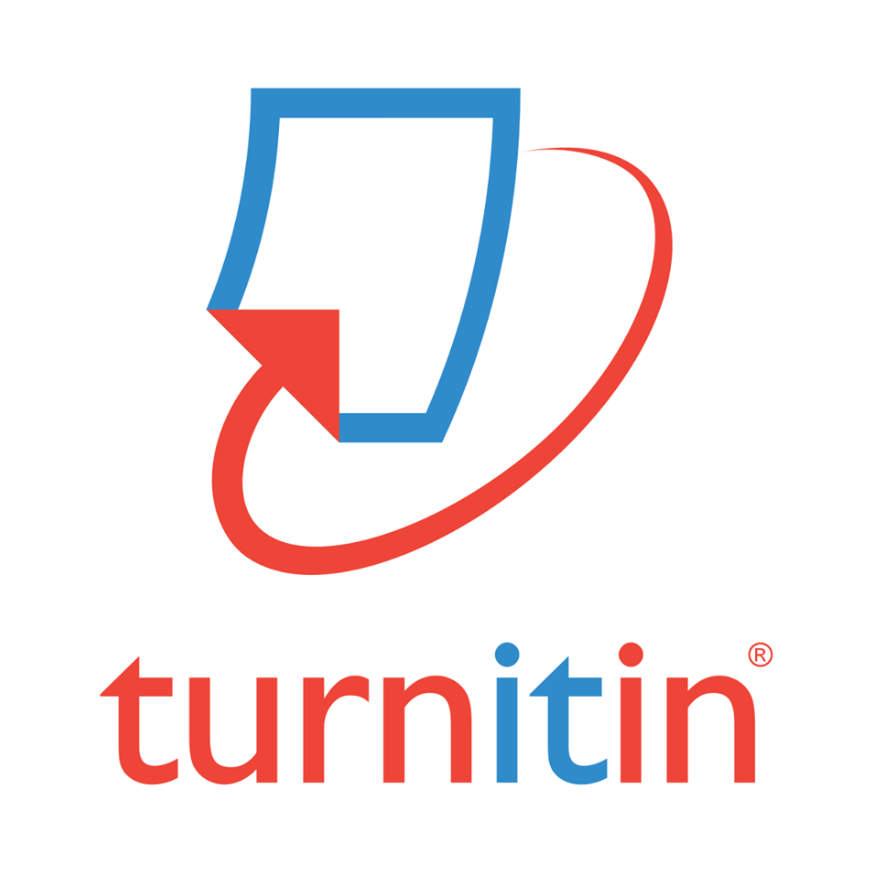Datura Stramonium Leaf Extract Toxic Effects on Testis in Swiss Albino Mice Mus musculus
DOI:
https://doi.org/10.37375/sjfssu.v1i1.54Keywords:
Datura stramonium, Male Mice, Testis weigh, Histopathology.Abstract
The notorious weed, jimson weed (Datura stramonium L.) is a hallucinogenic plant that is both toxic and medicinal. The presence of tropane alkaloids, which contain a methylation nitrogen atom (N-CH3) and inhibit neurotransmitters in the brain, is thought to be responsible for the plant's neurotoxicity. Toxic symptoms have been linked to the recreational use of D. stramonium, according to ethnomedicine.
This investigation has been designed to examine the toxicity and describe the possible changes in the structural function of vital organs, following the orally intubation of non-lethal doses of D. stramonium leaves crude aqueous extract. Through preliminary trials, crude aqueous extract. Of 200 mg leaves per kilogram body weight was established as a tolerable non-lethal dose. Three doses 0.36, 0.7, and 4 mg/kg were orally weekly, administered to the male mice in a 0.1 ml volume.
Acute toxicity studies were accomplished through oral intubation of three dosages in each case. Observation and mortality were reported for 24 .48, 72 hours.
Prolonged toxicity was performed through the administration of weekly, single doses oral for 40 days. The observation was made on the mice's testis weight and histological abnormality of a testis organ.
References
Adekomi, DA. Musa, A. A. Tijani, A. A. Adeniyi TD. Usman, B. (2011). Exposure to smoke extract of Datura stramonium leaf:Some of its effects on the heart, liver, lungs, kidneys and testes of male Sprague Dawley rats. Journal of Pharmacognosy and Phytotherapy 3(5), pp. 67-7 Antov, G. Zaikov C, Bouzidi A, Mitova S, Michaelova A,
Halkova J, Choumkov, N. (1991). Biochemical and histological changes after acute oral poisoning with the acetanilide herbicide acetochlor. J. Toxicol.Clin.11: 349-356.
Bose, S. Sinha, S. (1994). Modulation of Ochratoxin- Produced Genotoxicity in Mice by Vitamin C. Food Chem. Toxicol. 32: 533-537
Bouzid M., Allouche L, Houches B. (2002). Studies Epidemiological poisonous plants in the regions of Setif and Bordj Bou Arreridj. Algeria. Bull. Inf. Toxicol., 18: 5- 10
Cohen J. ( 1993). Apoptosis. Immunol. Today, 14: 126-130.
Diker D, Markovitz, D, Rothman M,Sendovski U .(2007) Coma as a presenting sign of Datura stramonium seed tea poisoning. Eur J Int Med .18(4):336-338.
Gaire BP, Subedi L.(2013). A review on the pharmacological and toxicological aspects of Datura stramonium L. J Integr Med. 11(2): 73-79.
Kaur, S. Pandey, N. Shallu (2020). Phytochemistry and
Pharmacological Properties of Datura stramonium: An Analysis. Ind. J. Pure App. Biosc. 8(3), 92-105
Kirtikar KR, Basu BD. (1999). Indian medicinal plants. 2nd ed. Volume III. Dehradun: International Book
Distributors. 1783-1787.
Mukhtar, Y. Tukur, S. Bashir, R. (2019). An Overview on Datura stramonium L. (Jimson weed): A Notable
Psychoactive Drug Plant. American Journal of Natural Sciences Vol.2, Issue 1, pp 1- 9
Norton, S. (2008). Toxic effects of plants. In: Klaassen CD. Caserett and Doull’s toxicology, the basic science
of poisons. 7th ed. New York: McGraw Hill. 1110.
Shen, H. Dai, J. Chia, S. Lim, A. Ong, C. (2002). Detection of Apoptotic Alterations in Sperm in Subfertile
Patients and their Correlations with Sperm Quality. J. Hum Reprod. 17: 1266-1273.















